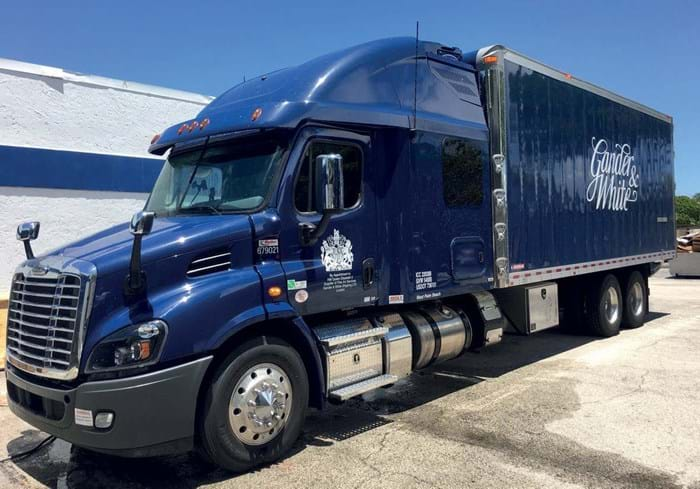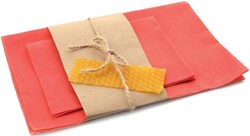Alexander Bradford, Gander & White’s global business and sustainability manager, warns: “The added admin required when shipping to the EU from the UK continues to be a burden and we would recommend that all buyers not familiar with customs procedures work with a fine art agent to ensure that their goods are imported or exported correctly.”
Edouard Gouin, CEO and co-founder of Convelio, a logistics firm with an online shipping platform service, says the “additional administrative paperwork such as customs clearance and licences for shipments to and from Europe” was “coupled with delays at customs due to a shortage of staff and confusion around paperworks required”.
He concedes that things have got easier: “At the beginning processes were unclear, especially when in regards to road shipments to Europe. However, processes are now clear and we are now able to process seamlessly, albeit more expensively.”
Lapo Sergi, president of art logistics firm APICE (a member of ICEFAT, International Convention of Exhibition and Fine Art Transporters), says there are still plenty of issues when dealing with customs. “For instance, artworks shipped before Brexit had a window of time for coming back for free in the UK (and vice versa) but very often the duration of exhibitions take longer than that. Works of art coming back after the grace period have to pay VAT which can amount to huge sums when the antiques or artwork are of great value.”
Necessity is the mother of invention and antiques specialist Kevin Hairsine, who studied for a qualification in Customs Compliance at the online UK Customs Academy, now runs customs specialist Hairsines.com with a team which has created a customs clearance model specifically for the art and antiques industry. It has more than 300 antique and art dealers, auction houses, vintage traders and specialists as clients.
He says: “In the main, businesses and buyers of antiques are adapting to the effects of Brexit by changing their systems and habits, although everyone has seen considerable cost increases since the UK left the EU.
“Like any new systems, the more you do something, the easier it becomes. At Hairsines.com we are not just customs agents but we understand the industry and how to translate the complex jargon and administration to ensure that antique and art dealers can spend more time doing the thing they love.”
Increased enforcement
But things could get tougher still.
Hairsine adds: “We have seen a variety of transition periods come to an end since the start of Brexit, and over the next 18 months there will be an increased amount of enforcement, such as the introduction of Safety & Security Declarations and the Exports interface moving to CDS from the old CHIEF system.
“In addition, the removal of the CDS Waiver Code for such things as ‘licence requirements’ meaning that more invoices will need to show evidence of ‘No Ivory Content’ or Cites permits required when importing antiques or furniture.”
Graeme Rhodes, head of marketing at Pack & Send UK, says: “The problems that we saw in the early days of our departure from the EU have been mitigated in three ways: training, awareness and experience has meant shipping firms have learnt how to ensure a smooth shipping transaction; new technology has meant systems are being introduced by shipping companies and governments to address the friction; customer awareness has meant customers are looking for businesses that are experienced in dealing with this ‘new world’.”
James Simmons, head of group marketing at Mail Boxes Etc. acknowledges the difficulties but adds: “While there may still be occasional administrative challenges, overall, there’s a sense of stability and a better understanding of the post-Brexit shipping landscape.”
Top tips from Hairsines.com on bringing antiques into the UK from Europe
1. Travel on a freight ticket when you’re carrying goods - and get a GMR (Goods Movement Reference) linked to your import and an EU export barcode.
2. You must have proof of purchase of your goods by obtaining a receipt or invoice for every item you purchase.
3. Produce a packing list/manifest for the customs agent which details all your goods.
4. Obtain customs clearance - both EU Export and UK Import.
5. Keep a full auditable trail of your imports - receipts/invoices, clearance instructions, Import VAT statements, packing lists - as HMRC can audit a business or individual following an import four years after the goods have entered the UK.


















